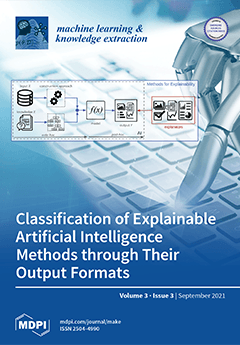Predictive analytics using artificial intelligence is a useful tool in cancer research. A multilayer perceptron neural network used gene expression data to predict the lymphoma subtypes of 290 cases of non-Hodgkin lymphoma (GSE132929). The input layer included both the whole array of 20,863
[...] Read more.
Predictive analytics using artificial intelligence is a useful tool in cancer research. A multilayer perceptron neural network used gene expression data to predict the lymphoma subtypes of 290 cases of non-Hodgkin lymphoma (GSE132929). The input layer included both the whole array of 20,863 genes and a cancer transcriptome panel of 1769 genes. The output layer was lymphoma subtypes, including follicular lymphoma, mantle cell lymphoma, diffuse large B-cell lymphoma, Burkitt lymphoma, and marginal zone lymphoma. The neural networks successfully classified the cases consistent with the lymphoma subtypes, with an area under the curve (AUC) that ranged from 0.87 to 0.99. The most relevant predictive genes were
LCE2B,
KNG1,
IGHV7_81,
TG,
C6,
FGB,
ZNF750,
CTSV,
INGX, and
COL4A6 for the whole set; and
ARG1,
MAGEA3,
AKT2,
IL1B,
S100A7A,
CLEC5A,
WIF1,
TREM1,
DEFB1, and
GAGE1 for the cancer panel. The characteristic predictive genes for each lymphoma subtypes were also identified with high accuracy (AUC = 0.95, incorrect predictions = 6.2%). Finally, the topmost relevant 30 genes of the whole set, which belonged to apoptosis, cell proliferation, metabolism, and antigen presentation pathways, not only predicted the lymphoma subtypes but also the overall survival of diffuse large B-cell lymphoma (series GSE10846,
n = 414 cases), and most relevant cancer subtypes of The Cancer Genome Atlas (TCGA) consortium including carcinomas of breast, colorectal, lung, prostate, and gastric, melanoma, etc. (7441 cases). In conclusion, neural networks predicted the non-Hodgkin lymphoma subtypes with high accuracy, and the highlighted genes also predicted the survival of a pan-cancer series.
Full article





